Henderson Castrating Tool Description: How to Use the Henderson Castrating Tool: 1. Attach the Henderson Castrating Tool securely in a standard, variable speed electric drill, preferably a cordless type, for safety and convenience. It is essential that only a variable speed drill with a 3/8" chuck is used and that the castrating instrument be tight and secure in the drill chuck. Important: Tighten the instrument with a drill chuck tool--hand tightening is not adequate. 2. Open the scrotum, or sac, with a Newberry knife. With one hand move the testicles high in the sac and slit the sac side-to-side at least halfway up. Testicles will then drop down. 3. With the testicles thus exposed, grasp a testicle in one hand while using the other hand to push the sac upward, exposing 3 to 4 inches of cord. 4. With one hand holding the tool and drill and the other hand holding the testicle, clamp the plier of the Henderson Tool across the entire cord, just above the large portion of the testicle. Place the "flat" side of the testicle toward the tool so the testicle will not "flop" excessively while the tool is twisting the cord. 5. With slight tension on the drill and with the tool and drill in a straight line with the cord, hold the cord loosely between the fingers just above the clamp of the tool to keep the cord centered while twisting. 6. Begin rotation very slowly, then let the speed increase slowly with slight tension on the cord. The testicle will be removed after approximately 20 turns of the tool. 7. The cord will be severed by the twisting action. The twisted end of the remaining cord will substantially reduce bleeding through the severed cord. 8. Use the same procedure for removing both testicles. It is recommended that a screw worm spray or similar insecticide product be used after castration to help eliminate fly strike, especially in hot summer months when flies are at their peak. 9. It is advisable to administer a tetanus shot in areas where endemic tetanus may be a problem. Disclaimer: Every effort has been made to ensure the accuracy of the information published. However, it remains the responsibility of the readers to familiarize themselves with the product information contained on the product label or package insert.
Stone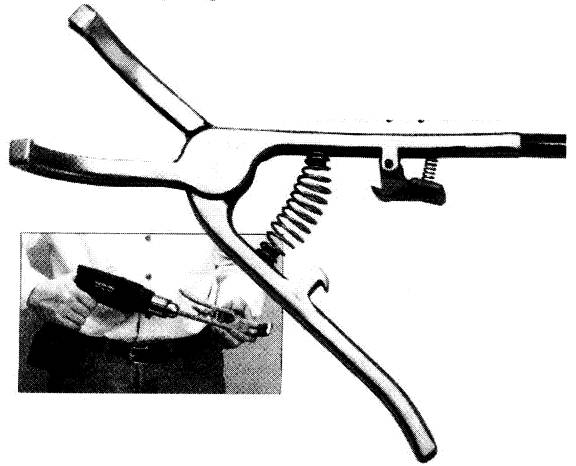
Patent Pending Design Manufactured and Distributed Exclusively by Stone. A new instrument and technique available exclusively from Stone.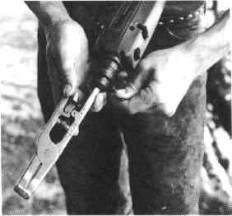
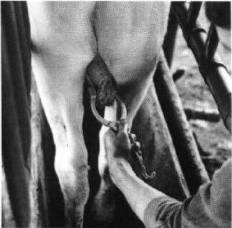
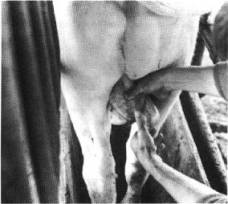
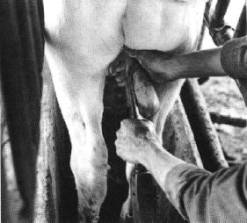
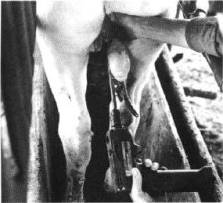
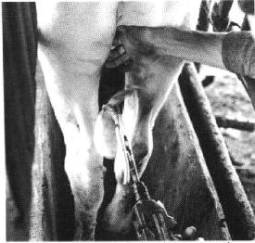
Your use of the Valley Vet Supply website is governed by our Terms of Use and Privacy Policy. Please read them carefully before browsing or using the site. If you are using a screen reader and are having problems using this website, please call 800-370-4838 for assistance.
X
Our Terms of Use and Privacy Policy have changed. By continuing to browse this site, you agree to the Terms of Use and Privacy Policy.


